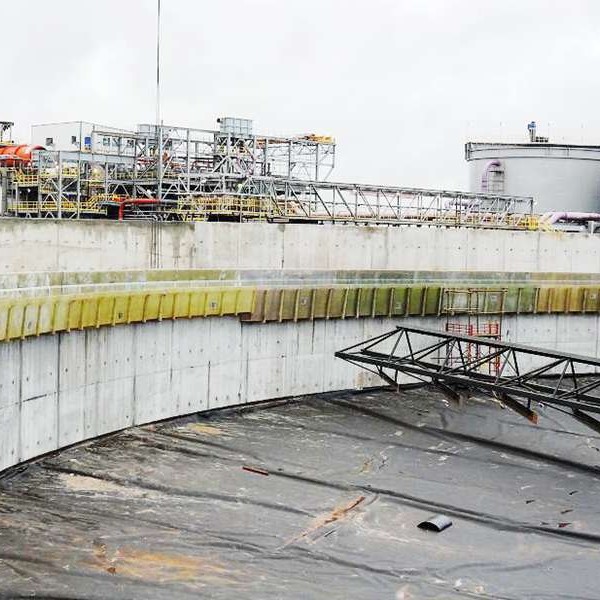
-
 Afrikaans
Afrikaans -
 Albanian
Albanian -
 Amharic
Amharic -
 Arabic
Arabic -
 Armenian
Armenian -
 Azerbaijani
Azerbaijani -
 Basque
Basque -
 Belarusian
Belarusian -
 Bengali
Bengali -
 Bosnian
Bosnian -
 Bulgarian
Bulgarian -
 Catalan
Catalan -
 Cebuano
Cebuano -
 China
China -
 China (Taiwan)
China (Taiwan) -
 Corsican
Corsican -
 Croatian
Croatian -
 Czech
Czech -
 Danish
Danish -
 Dutch
Dutch -
 English
English -
 Esperanto
Esperanto -
 Estonian
Estonian -
 Finnish
Finnish -
 French
French -
 Frisian
Frisian -
 Galician
Galician -
 Georgian
Georgian -
 German
German -
 Greek
Greek -
 Gujarati
Gujarati -
 Haitian Creole
Haitian Creole -
 hausa
hausa -
 hawaiian
hawaiian -
 Hebrew
Hebrew -
 Hindi
Hindi -
 Miao
Miao -
 Hungarian
Hungarian -
 Icelandic
Icelandic -
 igbo
igbo -
 Indonesian
Indonesian -
 irish
irish -
 Italian
Italian -
 Japanese
Japanese -
 Javanese
Javanese -
 Kannada
Kannada -
 kazakh
kazakh -
 Khmer
Khmer -
 Rwandese
Rwandese -
 Korean
Korean -
 Kurdish
Kurdish -
 Kyrgyz
Kyrgyz -
 Lao
Lao -
 Latin
Latin -
 Latvian
Latvian -
 Lithuanian
Lithuanian -
 Luxembourgish
Luxembourgish -
 Macedonian
Macedonian -
 Malgashi
Malgashi -
 Malay
Malay -
 Malayalam
Malayalam -
 Maltese
Maltese -
 Maori
Maori -
 Marathi
Marathi -
 Mongolian
Mongolian -
 Myanmar
Myanmar -
 Nepali
Nepali -
 Norwegian
Norwegian -
 Norwegian
Norwegian -
 Occitan
Occitan -
 Pashto
Pashto -
 Persian
Persian -
 Polish
Polish -
 Portuguese
Portuguese -
 Punjabi
Punjabi -
 Romanian
Romanian -
 Russian
Russian -
 Samoan
Samoan -
 Scottish Gaelic
Scottish Gaelic -
 Serbian
Serbian -
 Sesotho
Sesotho -
 Shona
Shona -
 Sindhi
Sindhi -
 Sinhala
Sinhala -
 Slovak
Slovak -
 Slovenian
Slovenian -
 Somali
Somali -
 Spanish
Spanish -
 Sundanese
Sundanese -
 Swahili
Swahili -
 Swedish
Swedish -
 Tagalog
Tagalog -
 Tajik
Tajik -
 Tamil
Tamil -
 Tatar
Tatar -
 Telugu
Telugu -
 Thai
Thai -
 Turkish
Turkish -
 Turkmen
Turkmen -
 Ukrainian
Ukrainian -
 Urdu
Urdu -
 Uighur
Uighur -
 Uzbek
Uzbek -
 Vietnamese
Vietnamese -
 Welsh
Welsh -
 Bantu
Bantu -
 Yiddish
Yiddish -
 Yoruba
Yoruba -
 Zulu
Zulu
Design and Application of Fiber Reinforced Polymer Rectangular Tubes in Structural Engineering
The Versatility of FRP Rectangular Tubes
In the realm of modern construction and industrial applications, materials play a crucial role in determining the integrity, longevity, and efficiency of structures. Among the myriad of materials available today, Fiber-Reinforced Polymer (FRP) has emerged as a game-changer, especially when formed into rectangular tubes. These tubes are increasingly being recognized for their strength, lightweight nature, and corrosion resistance, making them a favored choice across various sectors.
Understanding FRP
Fiber-Reinforced Polymer is a composite material composed of polymer matrices that are reinforced with fibers—typically glass, carbon, or aramid. The unique combination of these materials bestows FRP with exceptional mechanical properties. The high tensile strength of the fibers complements the ductility of the resin, resulting in a lightweight material that can bear significant loads while resisting deformation. Furthermore, the polymers used are often designed to withstand environmental factors such as moisture, UV radiation, and extreme temperatures, making FRP suitable for outdoor and industrial applications.
The Advantages of FRP Rectangular Tubes
1. Strength-to-Weight Ratio One of the standout features of FRP rectangular tubes is their impressive strength-to-weight ratio. This quality enables designers and engineers to create robust structures without adding excessive weight to the design. This characteristic is particularly advantageous in applications such as bridges, where reducing dead weight can greatly enhance structural efficiency and load distribution.
2. Corrosion Resistance Unlike traditional materials like steel, which can corrode over time when exposed to moisture and chemicals, FRP is inherently resistant to corrosion. This makes FRP rectangular tubes ideal for use in environments where chemical exposure is a concern, such as chemical processing plants, marine applications, and wastewater treatment facilities.
3. Design Flexibility FRP materials can be molded into various shapes and sizes, allowing for greater design flexibility. The rectangular shape is particularly useful in applications that require uniform load distribution and enhanced structural integrity. The ability to customize dimensions and layups further allows engineers to optimize the performance characteristics of the tubes based on specific requirements.
frp rectangular tube

4. Ease of Installation The lightweight nature of FRP rectangular tubes simplifies transportation and installation. Construction teams can handle and maneuver the materials more easily than heavier alternatives. This can lead to reduced labor costs and shortened project timelines, ultimately translating to cost savings for the overall project.
5. Longevity Structures made with FRP materials tend to have longer lifespans due to their resistance to environmental factors and wear. This longevity translates into lower maintenance costs over time, providing long-term economic benefits.
Applications of FRP Rectangular Tubes
The diverse properties of FRP rectangular tubes make them suitable for a wide range of applications. In the construction industry, they are used in structural applications such as beams, columns, and frames for buildings and bridges. Their resistance to environmental degradation ensures that they maintain their integrity for years, even in harsh conditions.
In the fields of transportation, FRP rectangular tubes can be found in railings, guardrails, and supports for public transit systems. They are also utilized in the manufacturing of specialized equipment, where weight reduction is critical, such as in aerospace and automotive components.
Moreover, industries that deal with hazardous materials, such as chemical manufacturing or waste management, benefit from the corrosion-resistant properties of FRP. The material's ability to withstand harsh chemicals and environments makes it an essential choice for storage tanks, piping systems, and containment structures.
Conclusion
As industries evolve and the demand for innovative materials continues to grow, FRP rectangular tubes stand out as a leading choice for engineers and designers. Their unique combination of strength, lightweight construction, corrosion resistance, and design flexibility offers a multitude of benefits across various applications. The move toward more sustainable and efficient construction practices ensures that FRP materials will play an even larger role in the future, shaping the structures and infrastructures of tomorrow. Embracing this technology can ultimately lead to safer, longer-lasting, and more cost-effective solutions in the ever-evolving landscape of modern industry.









